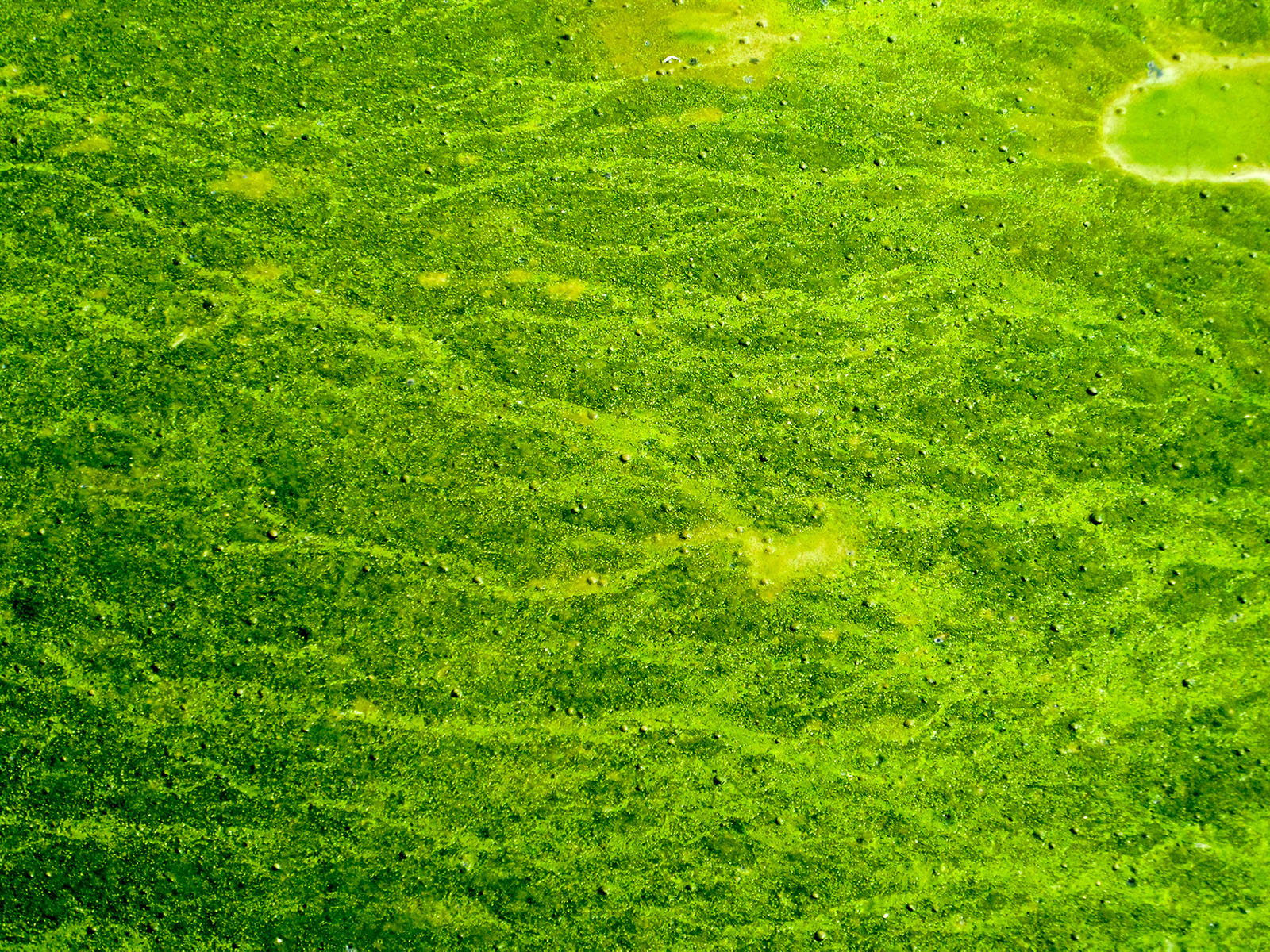At the bottom of the Baltic Sea, buried beneath layers of sediment and sealed off from light and oxygen, ancient phytoplankton have been lying dormant for thousands of years. Now, researchers have revived some of these organisms, making them among the oldest known algae ever successfully brought back to life.
The algae were retrieved from sediment cores taken 240 meters below the sea surface during a 2021 expedition to the Eastern Gotland Deep. These dormant cells had entered a low-energy state scientists call dormancy.
This is a strategy shared by many life forms, from bacteria to mammals. When conditions become too harsh—too cold, too dark, or too depleted of nutrients—organisms like phytoplankton pause their activity and wait until things get better.
But what’s remarkable isn’t just that these microscopic plants survived 7,000 years. It’s how well they’re functioning today. Once revived in the lab, the researchers say the revived 7,000-year-old algae showed growth and photosynthesis rates nearly identical to modern-day strains.
Even after 7,000 years without light or fresh nutrients, the cells were biologically robust and began dividing at similar rates to modern algae while also actively producing oxygen. This successful reactivation is part of a broader scientific effort known as “resurrection ecology.” We’ve also seen scientists reviving zombie viruses almost 50,000 years old.
By reviving dormant organisms like this 7,000-year-old algae, researchers can effectively rewind the ecological clock. Alongside the living algae, sediment samples also offer clues about ancient environmental conditions, such as past oxygen, salinity, and temperature levels.
Genetic analysis of the revived algae adds another layer to the story. DNA profiles revealed distinct genetic groups tied to specific periods in the Baltic Sea’s history. This not only confirmed the authenticity of the samples, but it also demonstrated how the algae—known as Skeletonema marinoi,—population has evolved in response to environmental changes over the past 7,000 years.
Led by biologist Sarah Bolius and part of the PHYTOARK research initiative, this new study opens the door to “time-jump experiments” that could track ecological changes across millennia using living organisms instead of just fossils or DNA fragments.
Scientists are now studying the revived 7,000-year-old algae under various conditions to better understand how climate shifts have shaped, and continue to shape, marine ecosystems. Who knows, maybe this kind of algae thriving will also help scientists make the revived woolly mammoths thrive, too.








